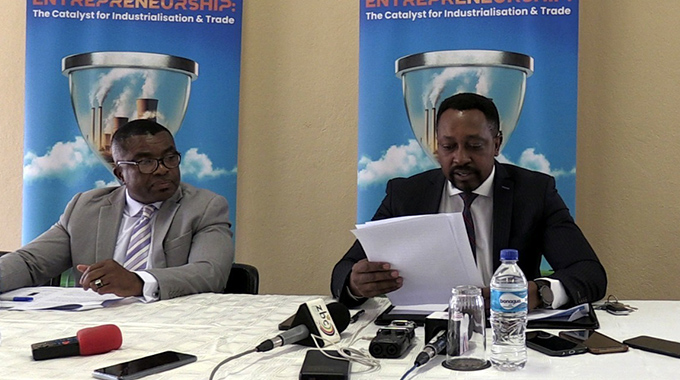Government clears $30m Zisco retrenchment payouts

Oliver Kazunga, Senior Business Reporter
GOVERNMENT has fully paid out the outstanding $30 million in retrenchment packages to former Zisco workers as the defunct steel producer explores ways to come back on its feet.
The Redcliff-based steel producing company ceased operations in 2008 at the height of hyperinflation, and the former workers were yet to be laid off until 2016. This saw Government as the major shareholder, incurring a cumulative wage bill that ran into millions of dollars, which were paid in tranches in recent years.
Speaking by telephone, Zisco acting board chairman Dr Gift Mugano told Business Chronicle that the retrenchment packages for the ex-workers were cleared through the Ministry of Finance and Economic Development.
“Though the workers were retrenched in 2016, we recently cleared their outstanding retrenchment packages through the Ministry of Finance and Economic Development, which gave us about $30 million,” he said.
“Of course, I am aware that they (former workers) are complaining that they want their money in US dollars because at that time their money was in US dollars.
“I am yet to meet them and we’ll want moral suasion from them because there is no way the company will then say we are going to pay in US dollars. If we had the US dollars, we would rather buy machinery and start operating.”
Government re-introduced the local currency in June through the promulgation of Statutory Instrument 142 of 2019 to bring back normalcy in the economy as the monetary authorities noted a cocktail of challenges that were caused by the adoption of a multi-currency regime.
Zimbabwe has been using a multi-currency system since February 2009 to tame inflation that had reached unprecedented levels.
Dr Mugano said Government and a Chinese investor, R and F — that has shown keen interest to take over operations at Zisco — are locked in negotiations which are yet to conclude. As a result, he said, his board has set sights on using local resources to turnaround the former steel manufacturing giant.
“I would rather want people (ex-workers) to be patient and we still want them to come back to work when we resume operations,” said Dr Mugano.
In 2017, Government and R and F signed a US$1 billion deal to resuscitate Zisco but discussions around the investment are still in progress as nitty-gritties relating to iron-ore claims have not been concluded. Iron ore is one of the major raw materials in steel production.
Using domestic resources, it is hoped that Zisco will resume production operating at between 20 and 30 percent capacity before productivity gradually rises to competitive levels.
At its peak, Zisco, which directly employed over 5 000 workers, was producing one million tonnes of steel annually supplying locally and the regional export market.
The demise of Zisco has had a negative knock-on effect across the local value chain system as companies were importing steel and its products. Consequently, Zimbabwe is spending $400 million per year importing steel and its products. — @okazunga











Comments